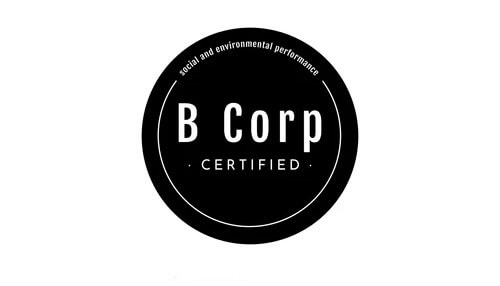As an investor, you must have heard of public benefit corporations and B corps. These are two major company types you can invest in. However, some people tend to confuse the two. If you are one of them, this guide will help you understand what they mean and their differences.
Understanding a Public Benefit Corporation
A public benefit corporation (PBC) is a company whose goals are to provide a public benefit. The plans are legally defined and can include a positive impact on the community, workers, society, and the environment. The goals are besides the primary goal to benefit shareholders through generating profits. This type of company is required by law to focus on the impact they have on these groups. They should also release benefit reports outlining their environmental and social impacts. By doing so, they help shareholders keep track of their activities. A public benefit corporation should use a transparent and credible third-party standard to release benefit reports.
Understanding a B Corp
The B Corp certification seeks to incentivize companies to be cautious of how their activities affect the people living around them. The B Corp certification is awarded by a non-profit social impact group known as B Lab. The group awards certificates to profit companies that meet the environmental and social sustainability requirements. Since the group’s inception in 2006, it has awarded certificates to over 4,600 companies in over 80 countries. This shows that more companies seek to get certified and stimulate their operations. Besides, B corp certification is a reliable branding tool that shows a company is doing good for society and the environment.
The Difference Between PBCs and B Corps
There are differences between a public benefit corporation and B corps. The significant difference is that B corps confers legal status while public benefit cooperation doesn’t. However, the difference doesn’t do much to diminish the importance of the B corp accreditation procedure. Companies seeking to get B Corp certification must also excel on impact assessment. They should also incorporate ESG principles in their bylaws to get certified. These laws are meant to streamline company operations.
In addition, the companies should recertify after every three years. Where required, the company should publish annual impact reports. By doing so, they keep shareholders updated. This approach is the same as that used by public benefit corporations to incorporate a third-party social responsibility strategy. PBCs are also required to publish benefits reports regularly. The information should focus on the company’s impact on people and the environment.
As much as the public benefit corporation structure can be seen as more beneficial than the B corp structure, it is vital to know that B Corp certification is a pioneer in the field of ethical investment. The first 90 B corps were established in 2007, a few years before founding the PBC structure.
Consider Investing in PBCs and B Corps
PBCs and B Corps are both essential aspects of ethical investments. A company is guided to do better for the community and the people around them.



